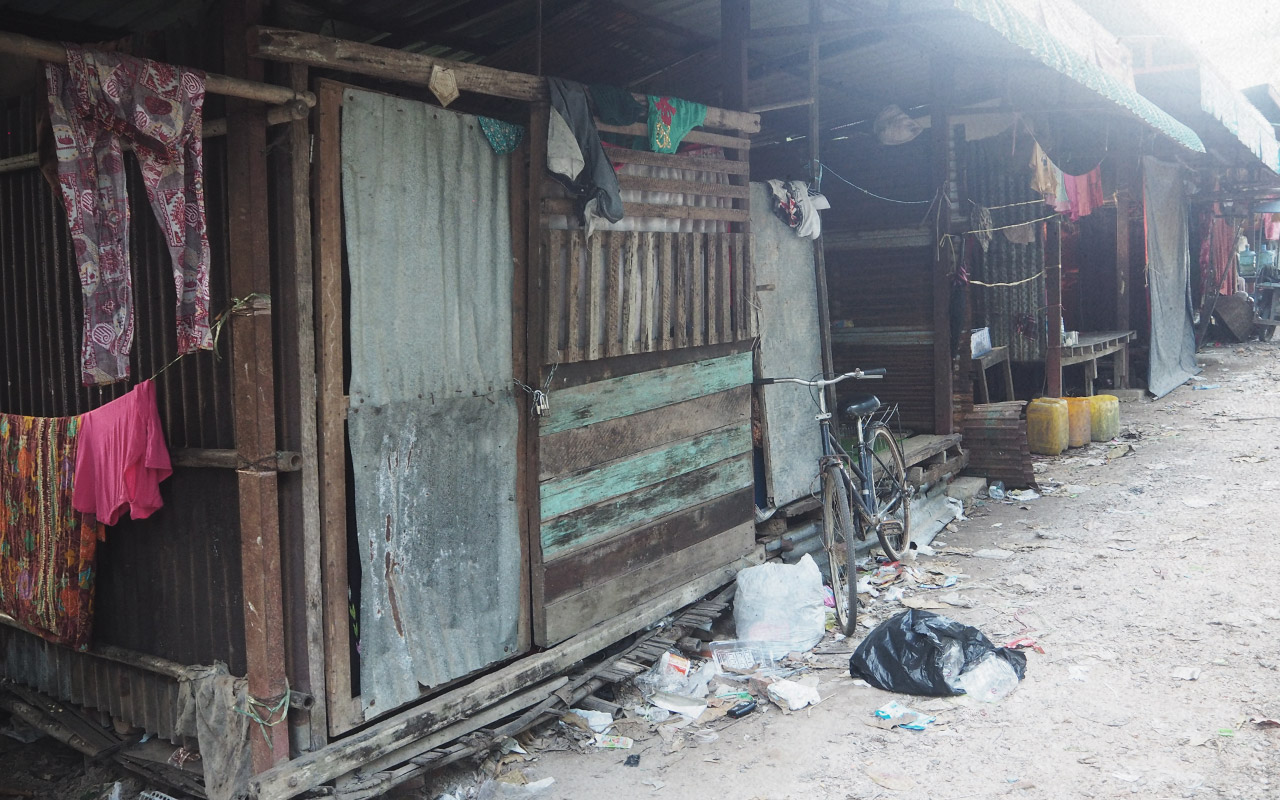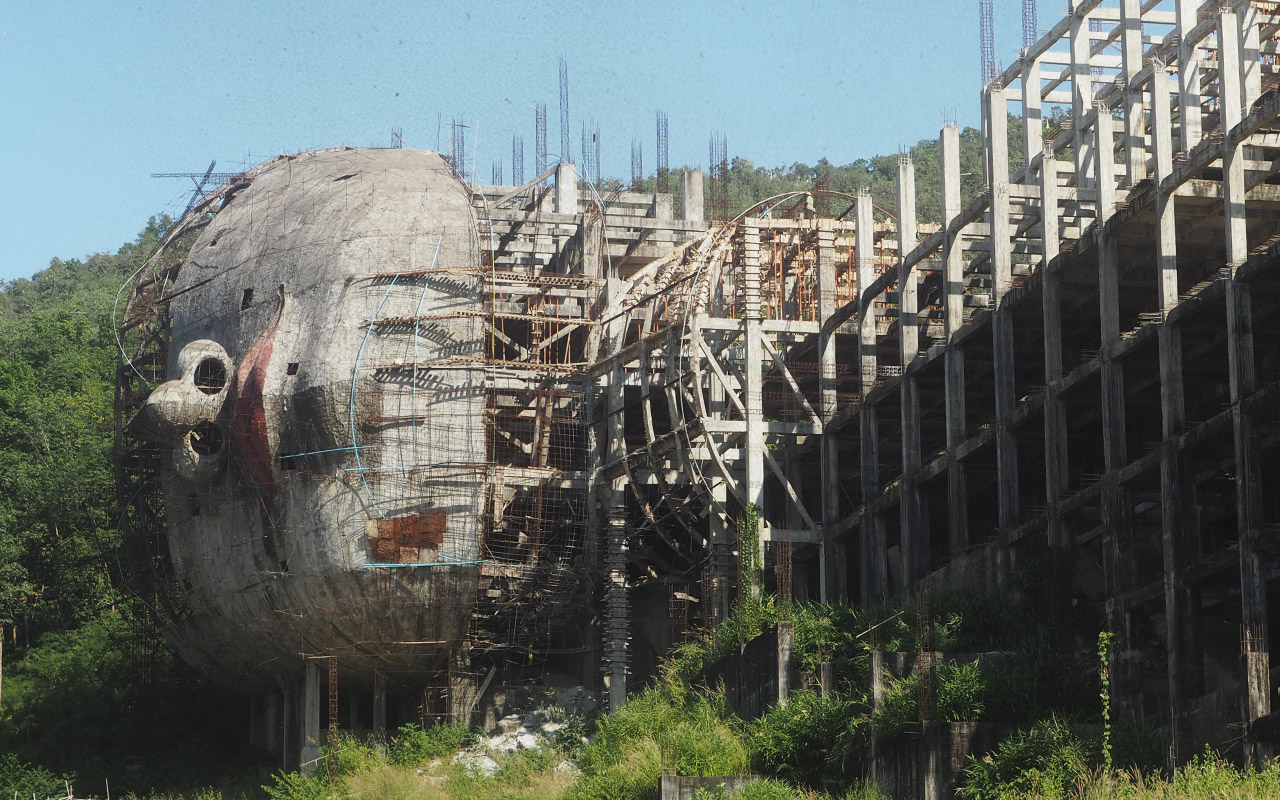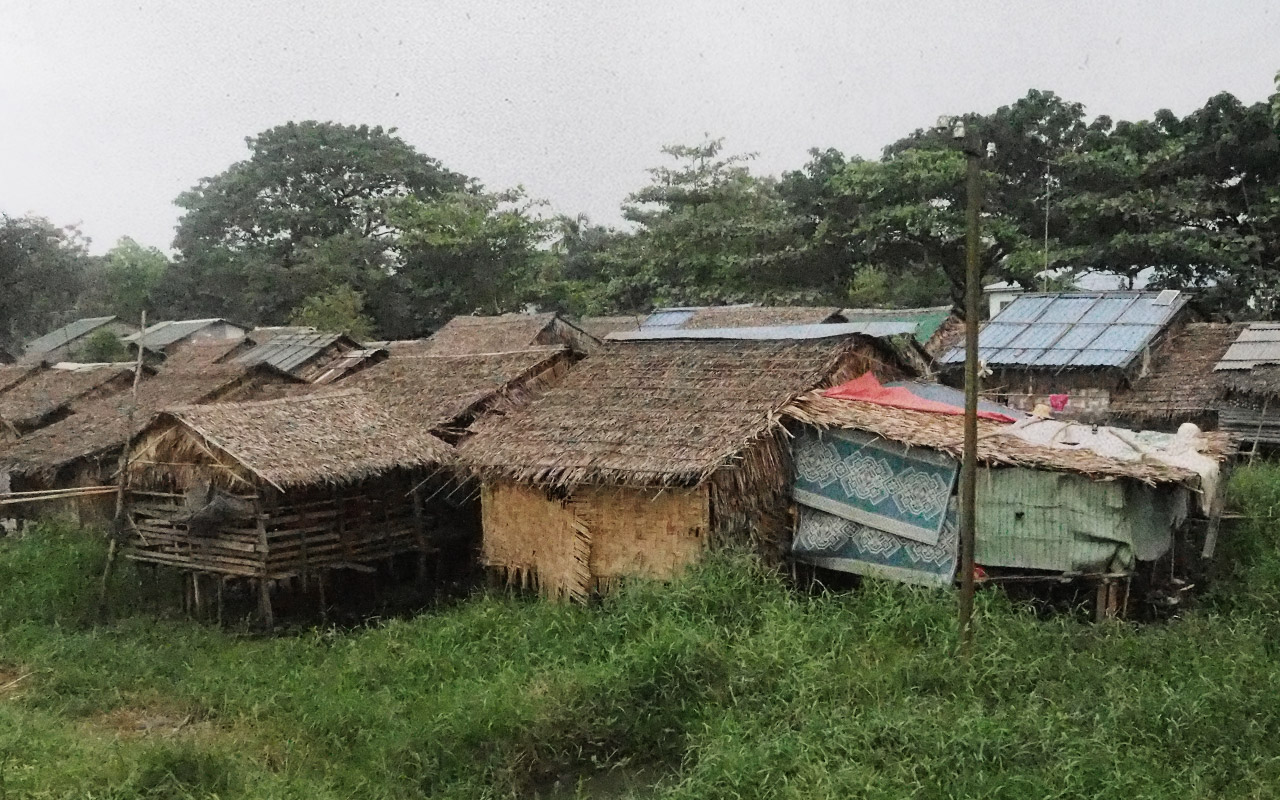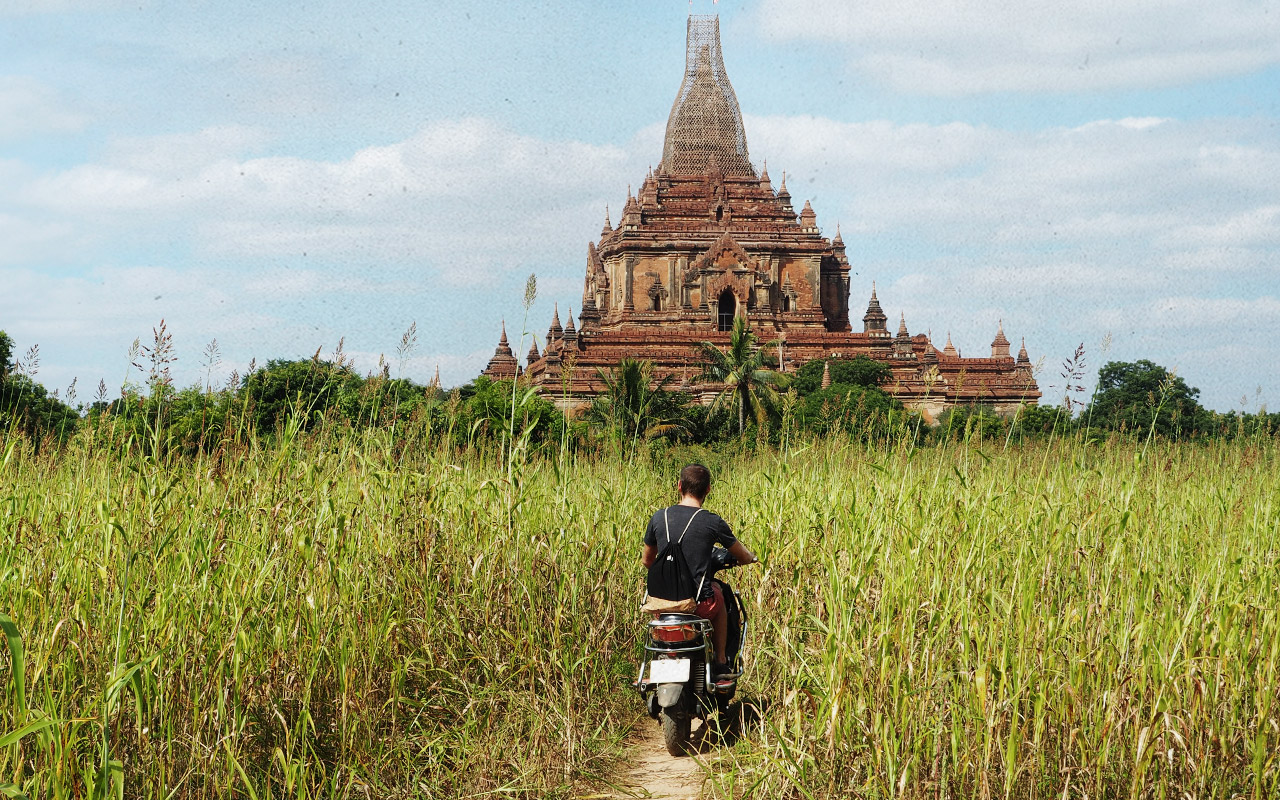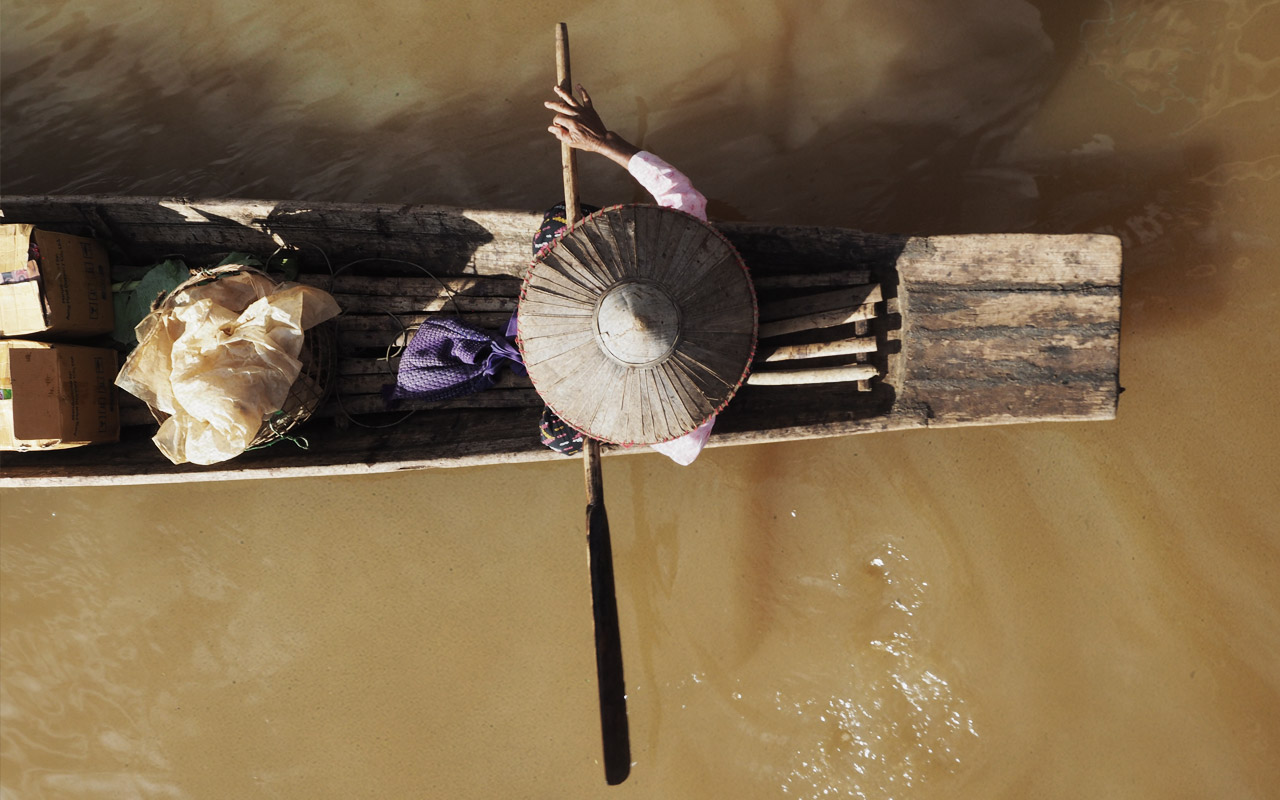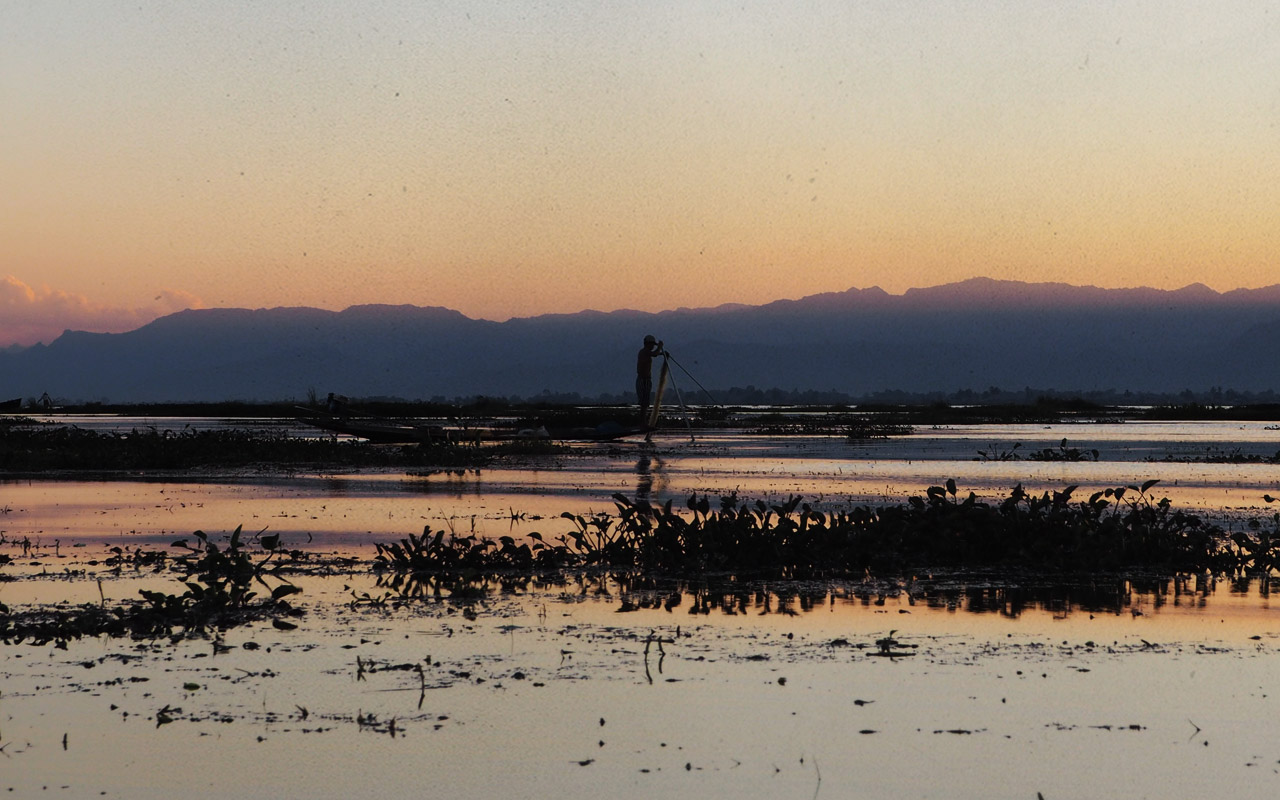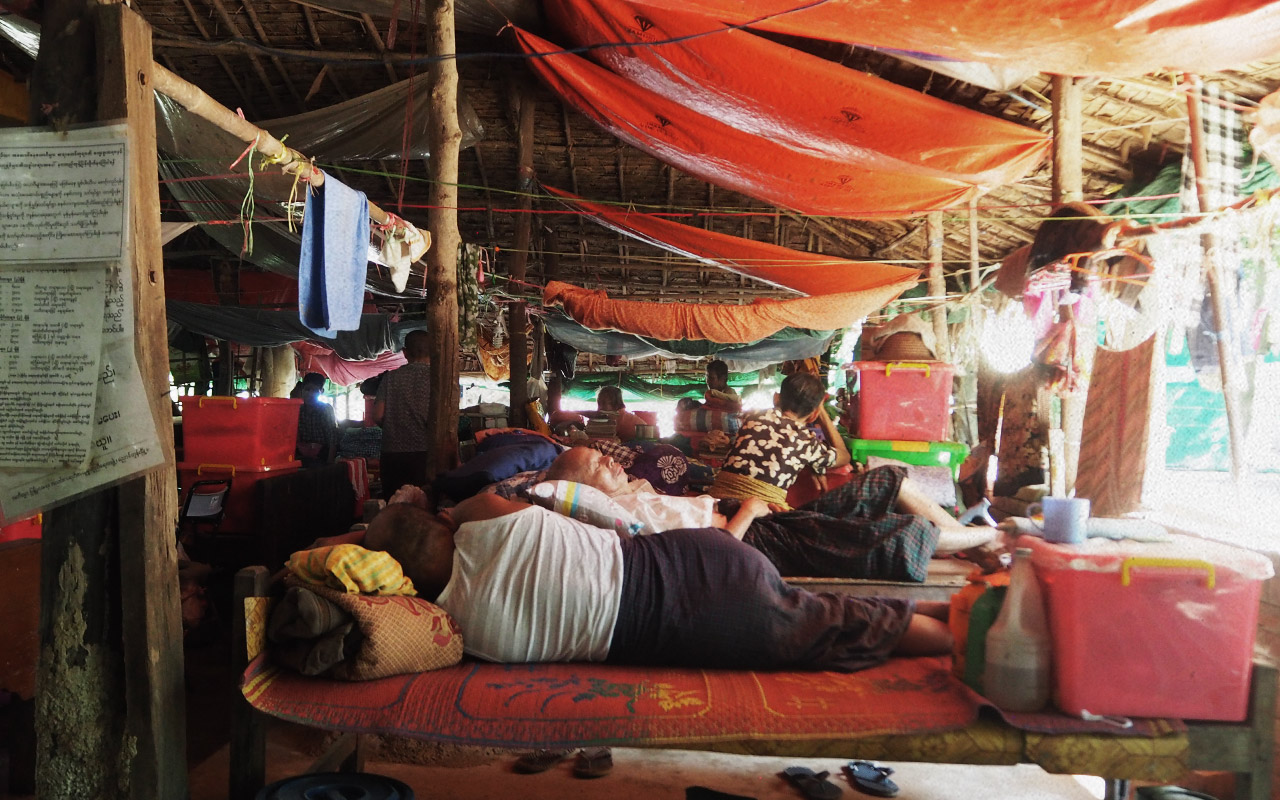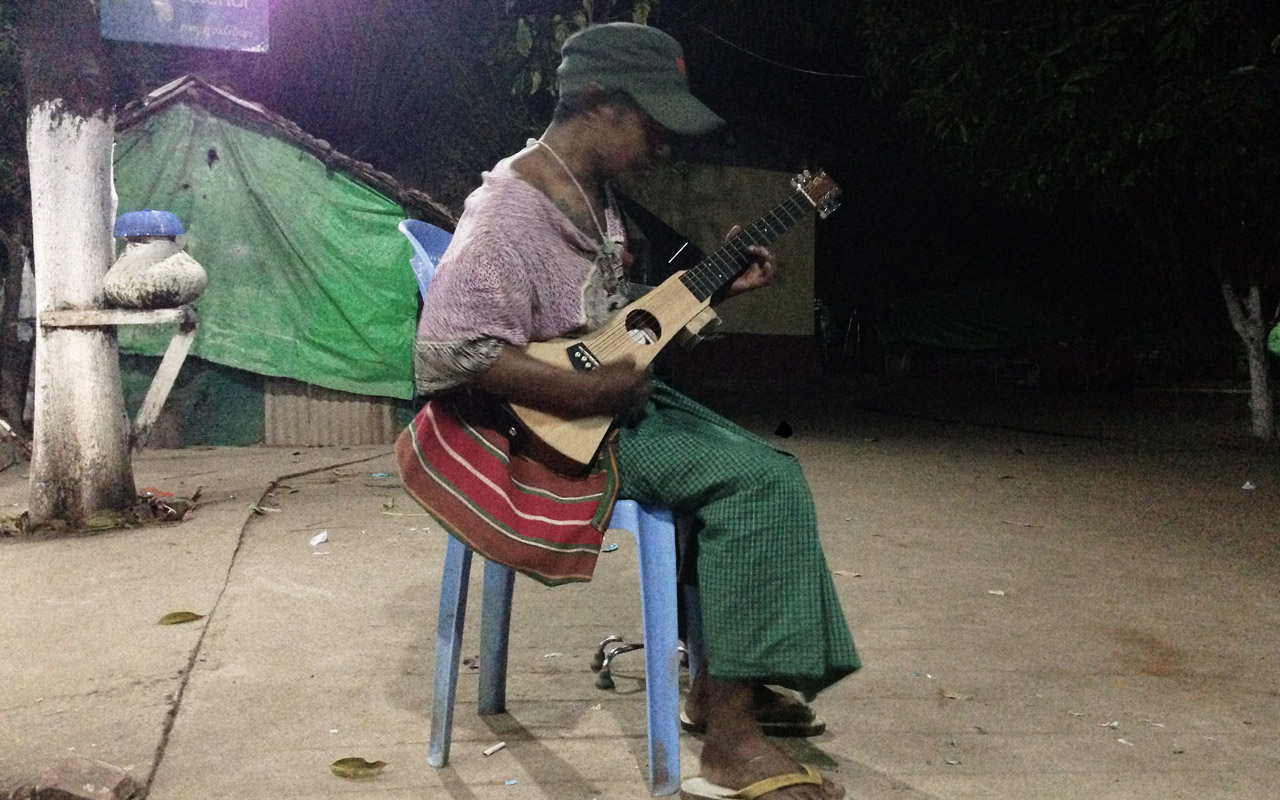Bagan was for our eyes what Thabarwa was for our mind. We spent four days there learning about Buddhism and Vipassana Meditation while working in a group of over 40 volunteers from all over the world. The place was started by a businessman who found himself through Buddhism about a decade ago. It soon grew to be what its founder called a refugee center: a socialist utopia where everybody who wanted to could live and simply be as long as they respected the first five of the eight precepts of Buddhism (simplified: refrain from killing, refrain from taking things not given, refrain from sensual misconduct, refrain from false speech, refrain from taking substances that cause intoxication). No additional strings attached. Everybody was given a place to sleep and two meals a day, regardless of age, gender, social status, physical and mental condition and their contribution to the overall project. Being founded as a Buddhist monastery Thabarwa had attracted a lot of social projects over the years. The center contained an orphanage, a home for the elderly and various medical institutions, including a hospital and facilities for treating all kinds of disabilities and diseases.
Due to the maximum amount of personal freedom granted to every volunteer there was a high fluctuation of young Westerners. People stayed for a few days or for several weeks and months. This was hardly an issue when organizing most of the daily activities (cleaning various areas, helping out in the kitchens, washing patients and getting them to their doctors, driving old people around in rusty wheelchairs so they could wave at their friends in the local village, etc.). Long term projects, on the other hand, suffered greatly from the sudden departure of their initiators and key "personnel". Walking into the daily volunteer meetings felt like walking into a bee hive; there was an incredible amount of buzz and energy which the long-term volunteers tried to organize and somehow channel into an effective task division.
Next to attending three one-hour-meditation-sessions per day Lea and I spent our days cleaning the place, planting gardens and wheel chairing two old ladies. The most peculiar activity we went on was going on alms rounds with the Buddhist monks. We walked the streets of the local village, barefoot and in silence, to collected the food and money donations prepared by the locals lining up on the side of the roads. Seeing how much time and love many people spent on giving to the center to keep it going was amazing, especially when considering the overall living conditions in that village.
My personal highlight was meeting Santana. He was a sixty-year-old Burmese who, despite having a crippled right hand, loved to play guitar. He lived in the Dhama Hall, an enormous tent roof that sheltered hundreds of improvised parcels separated by bamboo and plastic sheets. Every parcel contained a wooden platform where the (mostly old) people kept a single box with all of their belongings and slept without a mattress. Next to his second set of cloths Santana kept one of the oldest guitars I had seen in my life. It was so out of tune that it almost hurt. Nevertheless he played it vigorously. And he always had an audience: Buddhist monasteries normally don't allow the playing and listening to music. Therefore it didn't come as a surprise to me that Santana playing his guitar every night had apparently raised a lot of discussions with (but not only) the monks at Thabarwa. Order was restored only when the founder declared music as acceptable if it were played mindfully and with a therapeutic purpose. This verdict led to Santana and his music being tolerated at the center. And since he was the only one in a radius of I don't know how many hundred meters, people always came to listen.
I visited him every day with my Martin Backpacker guitar. I picked him up at his place and he jumped down from his platform, grabbed his three-legged-crutch and jumped towards the little kiosk with the plastic chairs on his one good leg. He picked up my guitar and played and smiled like a little boy. We listened to each other's songs and we jammed, mostly playing the blues scales that he loved. And we were both sad when I had to leave Thabarwa to catch our flight to Vietnam. But when Buddha closes a door he opens a window: when I was on my way out there was an American guy coming in carrying his Baby Taylor Travel Guitar.
